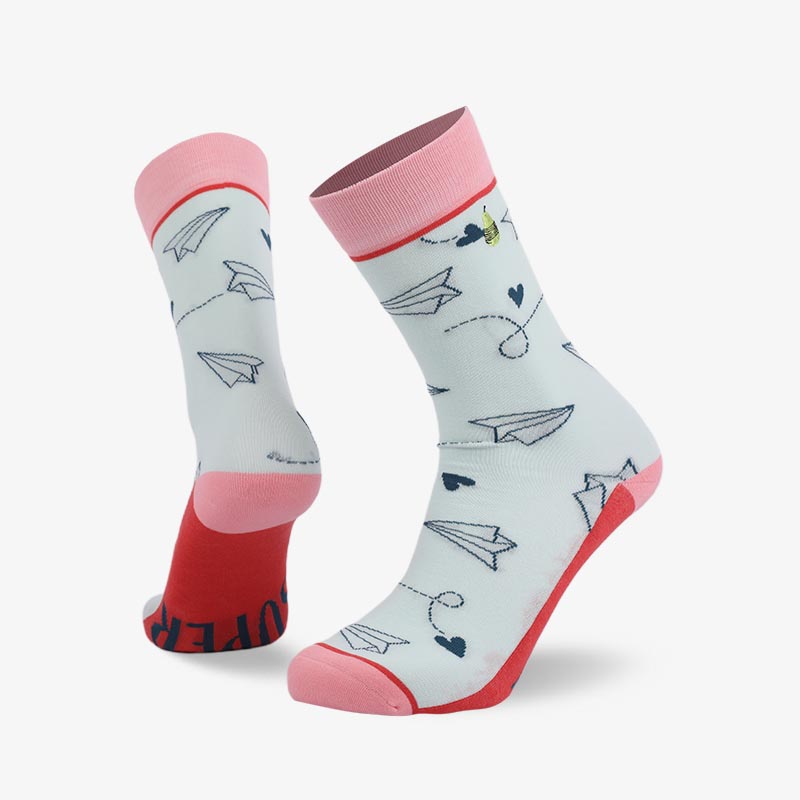

There are many reasons for the straight-line distortion […]
There are many reasons for the straight-line distortion of single jersey knitted fabrics, such as the twist of the yarn count, the underfill factor of the fabric, and the turning direction of the loom. Straight twisting is unacceptable for customers. Export products generally require twisting not greater than 5%, and T-shirt standards require not greater than 6%.
Through production practice, from the analysis of the reasons, to improve the distortion, in addition to steaming fixed-twist cotton yarn, using low-twist yarn, and controlling the fabric underfill coefficient not to exceed 16, effective ways are as follows:
1. Take Z twist and S twist two yarns to feed into knitting together. This method can offset the two twisting potentials of yarns with different twist directions, which is equivalent to untwisted yarn weaving. Basically, it can eliminate the wale skew of the coil without the zigzag coil wale. However, fine yarn must be used to avoid increasing the cloth weight. The two yarns must be introduced into a yarn feeder separately, the tension is controlled, and the yarn of one twist direction is kept on the surface of the fabric to avoid different light reflections caused by the yarns of different twist directions.

2. Take an appropriate model. When designing the template, adjusting from a rectangle to a parallelogram offset in the opposite direction to the straight twist can improve the twist of the waist seam seam. When designing the template, the degree of distortion can be considered in advance, and the two waist seams can be changed from a vertical line to an oblique line that shifts to the opposite direction of the distortion, that is, from the traditional rectangular state to the parallelogram state. When the garment part is deformed, its oblique line gradually becomes a straight line, which can improve the degree of distortion of the waist seam. When designing the model, the deflection of the waist is generally controlled at 3%-5%. Too much deflection will increase the material used during layout, and will bring difficulties to the hemming (folding) of the hem.
Related product: flat knit socks